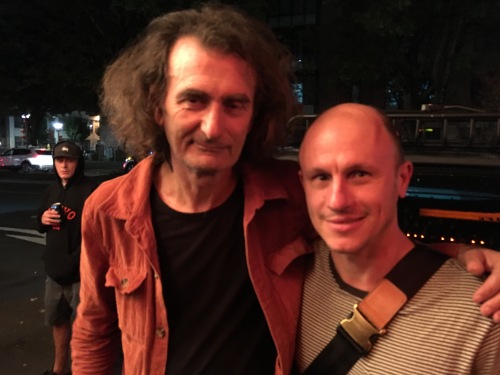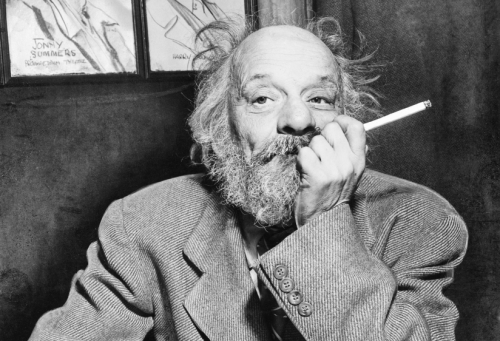The Scientists formed in Perth, Australia in 1978 and only played their second US show on September 28, 2018. It was at Dante’s in downtown Portland. Mudhoney co-headlined. It was worth the wait. For this, their first US tour, the band reunited their blazing 1982 lineup of singer-guitarist Kim Salmon, bassist Boris Sujdovic, guitarist Tony Thewlis, and drummer Brett Rixon. I’d waited about twenty years to see The Scientists play, after reading their name mentioned in some article about Mudhoney in the 1990s. The Australian swamp rockers heavily influenced the Seattle band, and when I first listened, I was an instant fan. But they broke up in the ’80s, played only occassional shows after that, then reformed to play All Tomorrow’s Parties in 2006 at Nick Cave’s request, so I was psyched they were playing here in Portland. Unfortunately, I thought my friend bought the tickets. He thought I bought them. The show sold out, and we were crushed.
Never say die. The night of the show I stood outside Dante’s trying to buy an extra ticket from people on the street, but nobody had one, and few passersby looked me in the eyes when they said sorry. I felt like I was sixteen again fishing for beer outside a convenience store, except with that special shame that comes from being a desperate adult. Fortunately, when a certain unnamed band appeared outside the club, I asked their generous lead singer if he could work some magic to help correct my stupid error, and soon enough, I and an Australian tourist friend I made outside were both inside the club. Thanks to that very kind soul for getting us in and making my rock and roll dream come true.
Eat Skull openened and got the crowd frothy: “Up next,” they said, “is The Scientists’ historic first club performance in America!” When The Scientists took the stage, people went nuts. Kim Salmon wore a nice suit and carried a notebook with their setlist written in it, the song titles surrounded by doodles he made.
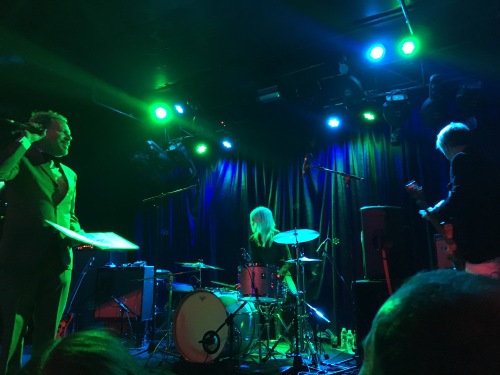
Tony Thewlis broke a string during the beginning of the first song, “Revhead,” as he was just putting a layer of distortion under the band to get the show started and set the mood. While the band stretched out, he restrung his guitar and clipped the new string with plyers by the end.

Thewlis had a huge Fender amp that made his guitar the loudest thing on the West Coast at that moment. It has such a distinctive texture, like static electricity tearing the fabric of the universe. It was so loud you felt dizzy, and it was exactly what I’d wanted to hear in person forever. As singer Kim Salmon said to Thewlis on stage: “Can you get any more distorted?” My hearing will never be the same.
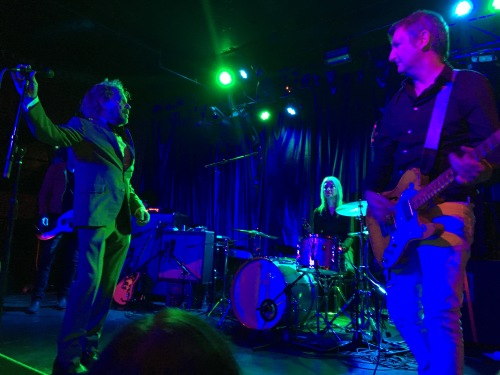
They played for about an hour. After “Revhead” they played “Solid Gold Hell,” “We Had Love,” “Backwards Man,” “Swampland,” “Murderess in a Purple Dress” (and those distorted guitar accents were LOUD), “Nitro,” “Set It On Fire” and others I can’t remember. Sadly they didn’t play “Hell Beach” or “When Fate Deals Its Mortal Blow,” one of my favorites.
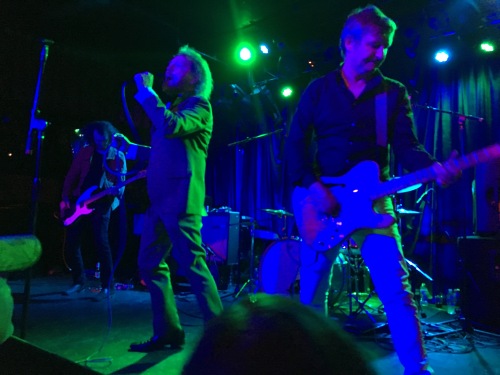
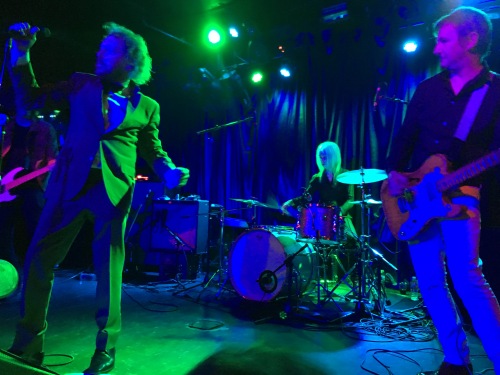



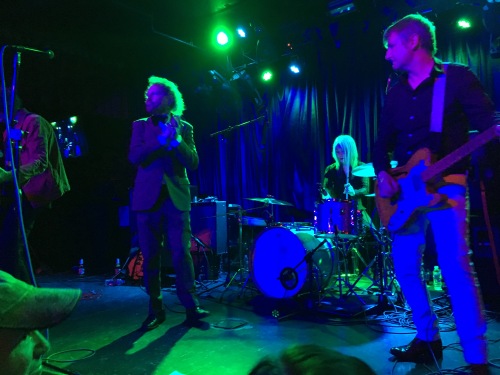
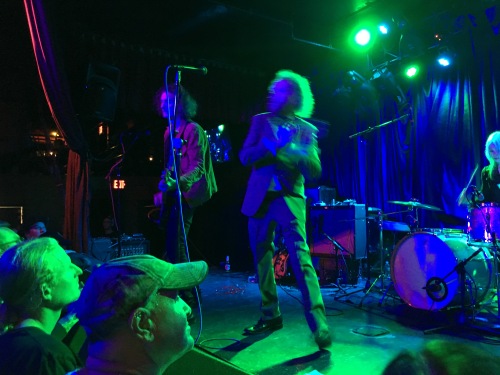




When Mudhoney took the stage, Mark Arm looked at the audience and said, “We never thought we’d see The Scientists. Well, beside me Guy! That was fucking amazing.”
According to PopMatters, this line up is going to record a full LP for In the Red, which will be their “first full-length since 1987’s The Human Jukebox.”
After the show, Tony Thewlis told me about why they’d never toured the States before. “Well, we played All Tomarrows Parties somewhere outside of New York,” he said, “opened for The Stooges, but that was a one-off.” I asked if things had gone so well that they decided, ‘We should do this again?’ “Yes exactly,” he said smirking. “And ten years later, here we are!” Touring from Australia is so expensive, he explained, and people live in different places, so it’s tough. “We wanted to, but things get away from you, mate.” The next night they played in Seattle with Mudhoney again, then they played San Francisco, LA, Austin, Chicago, and New York. I thanked him and said it was a huge treat to finally hear his unreal guitar tone live, though I wouldn’t be hearing anything else for weeks after! I asked him if he could hear anything anymore and he laughed and cupped his ears. “What? No no, I can’t. It’s bad.” Friendly dude, powerful band.
Here’s one song I filmed, with Thewlis playing a borrowed Gretsch while his guitar got restrung. And here’s bassist Boris, playing with a beer bottle.
















